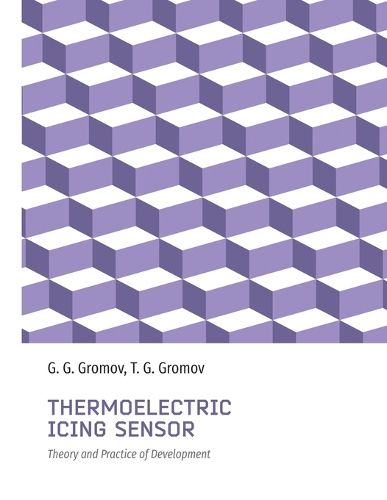Readings Newsletter
Become a Readings Member to make your shopping experience even easier.
Sign in or sign up for free!
You’re not far away from qualifying for FREE standard shipping within Australia
You’ve qualified for FREE standard shipping within Australia
The cart is loading…






Recently, our research has been focused primarily on developing an innovative active icing sensor. This compact sensor uses the thermoelectric principle to facilitate advanced measurements. By exploiting thermoelectric effects such as temperature measurement, heat flux measurement, and icing condition detection, the sensor components can accurately identify the icing condition. In addition, the methods used to collect and analyze data are based on the basic principles of thermoelectricity. Many experimental studies have been conducted to investigate the formation of ice and the composition of water and salt solutions, which are commonly used as deicing agents. These studies have not only contributed to the development of knowledge in this field, but also facilitated the observation and comprehensive description of various physicochemical processes related to it, which can have a significant impact on scientific understanding. New methods for measuring the temperature and intensity of icing have been developed, as well as computer programs for the mathematical analysis of experimental data. The scope of the research and development undertaken is extremely wide, going beyond a simple written fragment of a journal, a series of articles, or a comprehensive review. As a result, given the significant importance of the topic of icing, it was deemed necessary to present the results in this special publication.
$9.00 standard shipping within Australia
FREE standard shipping within Australia for orders over $100.00
Express & International shipping calculated at checkout
Recently, our research has been focused primarily on developing an innovative active icing sensor. This compact sensor uses the thermoelectric principle to facilitate advanced measurements. By exploiting thermoelectric effects such as temperature measurement, heat flux measurement, and icing condition detection, the sensor components can accurately identify the icing condition. In addition, the methods used to collect and analyze data are based on the basic principles of thermoelectricity. Many experimental studies have been conducted to investigate the formation of ice and the composition of water and salt solutions, which are commonly used as deicing agents. These studies have not only contributed to the development of knowledge in this field, but also facilitated the observation and comprehensive description of various physicochemical processes related to it, which can have a significant impact on scientific understanding. New methods for measuring the temperature and intensity of icing have been developed, as well as computer programs for the mathematical analysis of experimental data. The scope of the research and development undertaken is extremely wide, going beyond a simple written fragment of a journal, a series of articles, or a comprehensive review. As a result, given the significant importance of the topic of icing, it was deemed necessary to present the results in this special publication.